Spiritual instincts, understanding, and connection flow like water to and through us, nourishing and guiding us, as if by magic, so long as we are open to it.
Well, that’s what I have come to believe anyway.
A colleague of mine, who is a long time Zen Buddhist practitioner and teacher once asked me, of my spiritual understanding and path, how do you find the banks? For him, specific forms of learned spiritual practice and handed down sets of ideas offered banks, or containment, for the river of spirit to flow.
It’s not that I have no practices or structure, I explained, it’s just that I trust myself to invent those things for myself. It’s not that I have no specific ideas about the nature of reality or life, it’s just that I trust my own Knowing and pull very carefully from people, often women, who have come before, and are here on earth now whose perspective I deeply trust.
The path of the wild woman for me, is about recovering the spiritual instincts, truths, and ways that have been stomped out of the population, with force and coercion, by those who wished (and still wish) to cling to the illusion of certainty and who crave control over others. The path of the wild woman is, in part, aimed at recovering one’s spiritual autonomy – no simple task in a noisy world where a primary message has been: Woman, you are not to be trusted.
Mary Oliver has been a touch stone for me in the strange, beautiful wilderness of unorthodox spiritual learning and remembering. She seemed to be walking the invisible path through nature and into the infinite with her pen in her hand.
Not only do I so resonate with the volumes and volumes of poetry and writings she left us, that sometimes when reading it, I feel like I may spontaneously combust, but I also appreciate her way of living and relating to the world, and to the unknowable mysteries of life.
A true agnostic whose words and way seem to shimmer with spirit.
Her poetry offer banks for us to feel the flow of spirit, of the infinite.
In her collection of essays, Upstream, Mary Oliver lays out a very simple structure for her inner life which I found so exquisite, and so helpful I wanted to pass it on to you for your own bank making.
She writes: I am, myself, three selves, at least.
1. The Child
She begins with the child she was, who she is not anymore, and yet, who she believes will be with her in the grave.
She describes her connection with the child:
…distantly, or sometimes not so distantly, I can hear that child’s voice- I can feel its hope, or its distress. It has not vanished. Powerful, egotistical, insinuating – its presence rises, in memory, or from the steamy river of dreams. It is not gone, not by a long shot. It is with me in the present hour.
2. The Time-Keeper
And then, she writes, there is the attentive, social self. This is the smiler and the doorkeeper. This is the portion that winds the clock, that steers through the dailiness of life, that keeps in mind appointments that must be made, and then met. It is fettered to a thousand notions of obligation.
She goes on to talk about how important time is to this part of herself: What this self hears night and day, what it loves beyond all other songs, is the endless springing forward of the clock, those measures strict and vivacious, and full of certainty.
Though this part of herself is not the one she tends to live from, she articulates gratitude and appreciation to those for whom it is, naming surgeons, ambulance drivers, pilots, and so forth. Let all of them work, as ordinarily they do, in confident familiarity with whatever their work requires, and no more. Their ordinariness is the surety, she writes, of the world.
3. The Dreamer
In
Upstream, Oliver writes extensively about her trouble with schooling. She was often chided for truancy, preferring to spend most days in the woods with a backpack full of books, her favorite being
Walt Whitman.
The world has a need of dreamers as well as shoe makers, she writes, naming her third self.
She explains, In creative work – creative work of all kinds- those who are the world’s working artists are not trying to help the world go around, but forward. She is careful to say, such work doesn’t not refute the ordinary…it is, simply, something else.
She names
spiritual work and artistic work, and
sometimes intellectual work belong in the realm of this third self who understands
the work itself is the adventure. This self, she writes
, is out of love with the ordinary; it is out of love with time. It has a hunger for eternity.
She goes on to name something very essential to this third self: Of this there can be no question – creative work requires a loyalty as complete as the loyalty of water to the force of gravity.
She then speaks to the nature of the dreamer (this one really hits home for me):
There is a notion that creative people are absentminded, reckless, heedless of social customs and obligations. It is, hopefully, true. For they are in another world altogether. It is a world where the third self is the governor…
It is six A.M., and I am working. I am absentminded, reckless, heedless of social obligations, etc. It is as it must be. The tire goes flat, the tooth falls out, there will be a hundred meals without mustard. The poem gets written. I have wrestled with the angel and I am stained with light and have no shame. Neither do I have guilt…
My loyalty is to the inner vision, whenever and howsoever it may arrive.
This section of the book ends with the following sentence, which reads to me like both a warning label and a loving nudge: The most regretful people on earth are those who felt the call to creative work, who felt their own creative power restive and uprising, and gave to it neither power nor time.
In my experience, Wild Women like a little structure, not a lot! Perhaps this simple structure of the three selves will inspire some contemplation!
YOUR TURN
In the comments, and/or in the privacy of your own heart or journal, please answer:
Do you relate with Mary’s 3 Self framework?
Which of these three selves do you primarily live from these days?
Can’t wait to read ‘em. ♥️
If you liked this offering, check out:
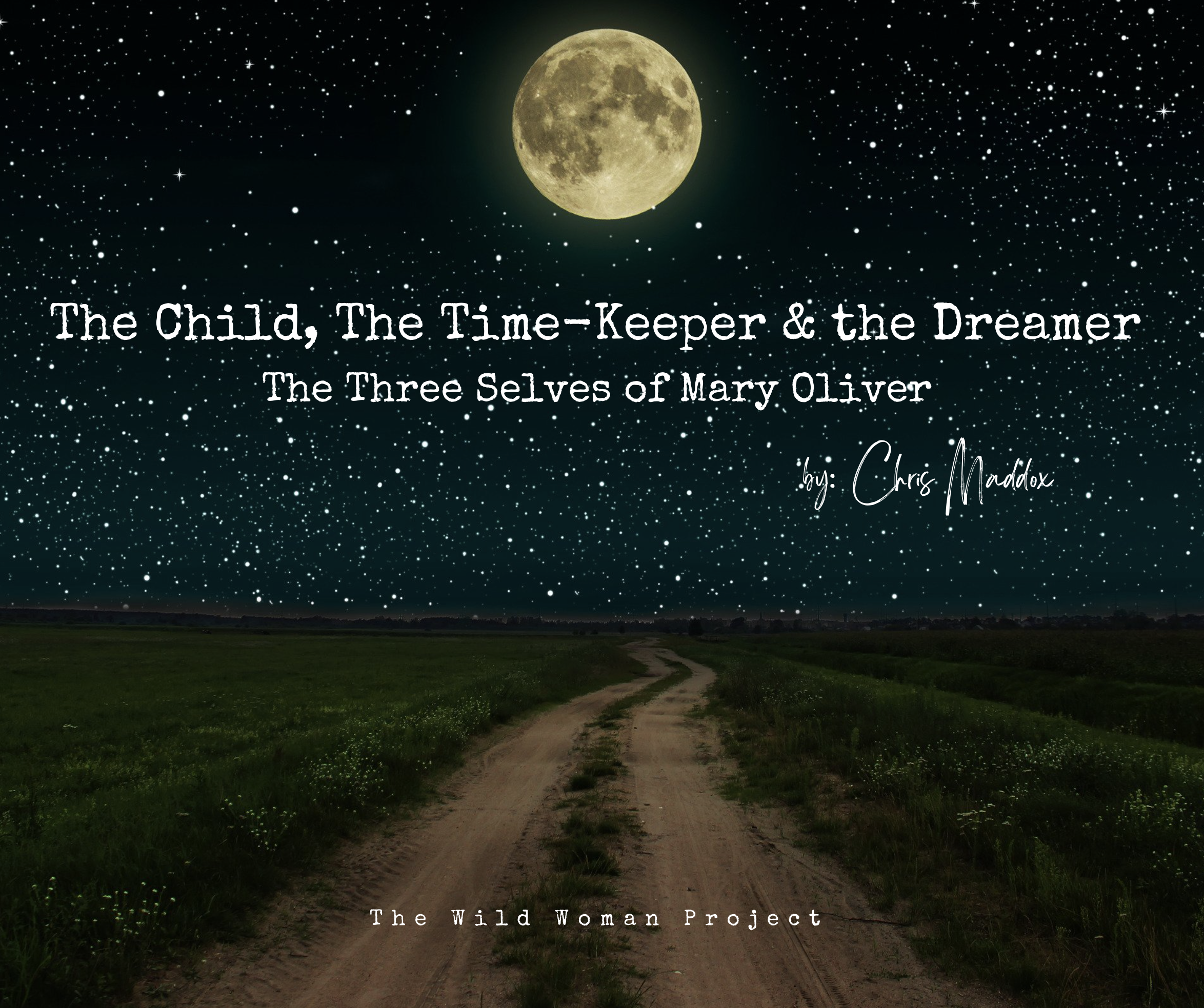
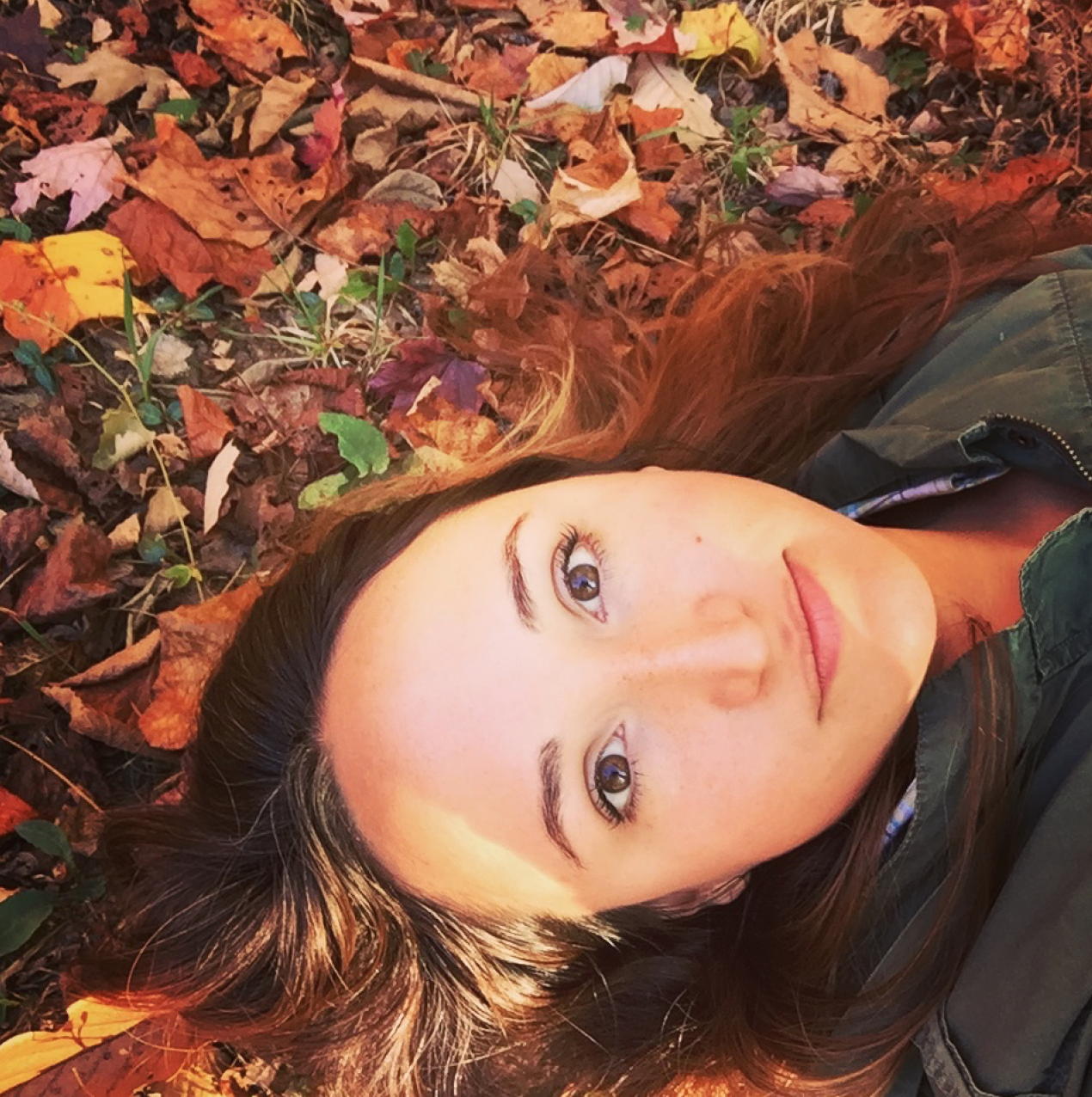
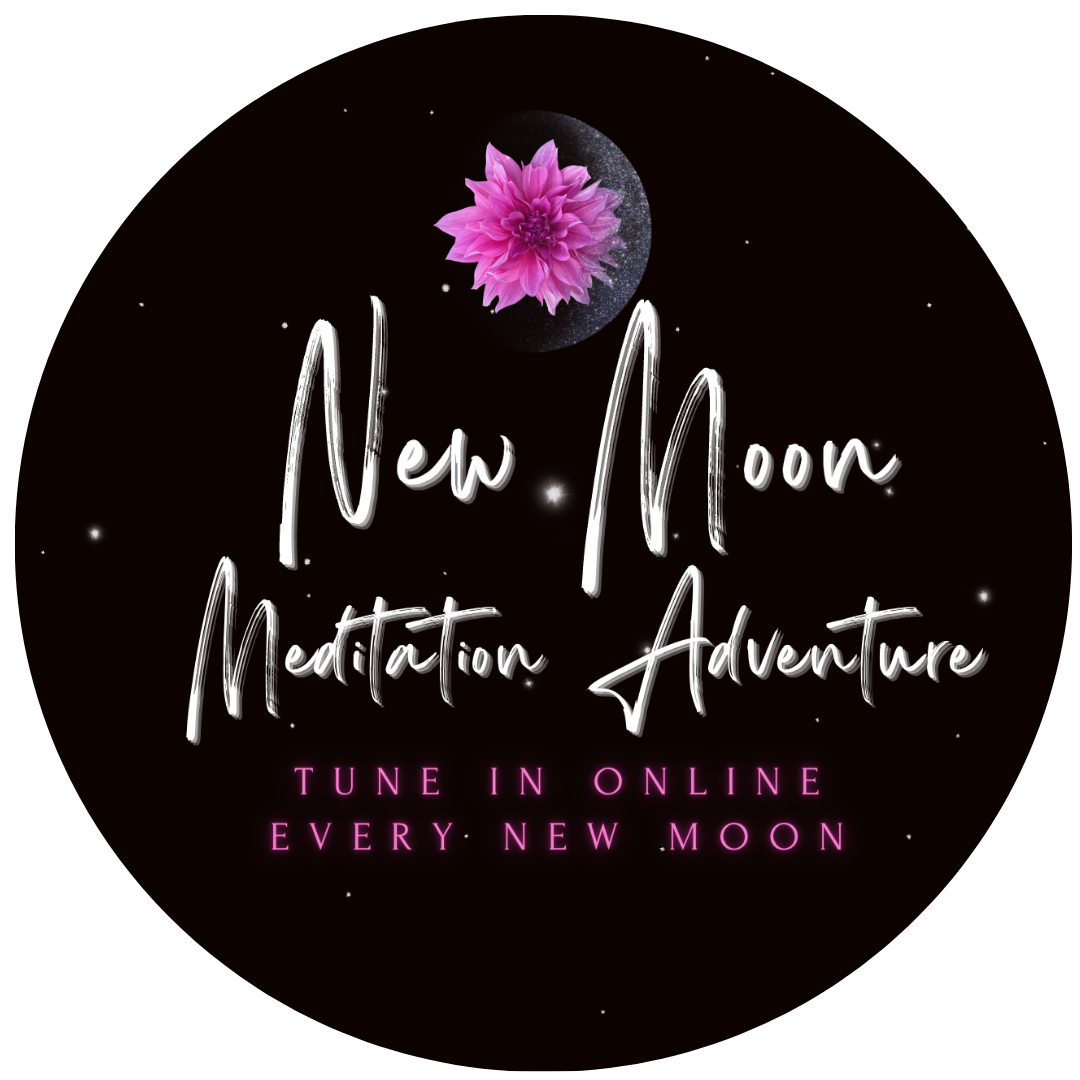
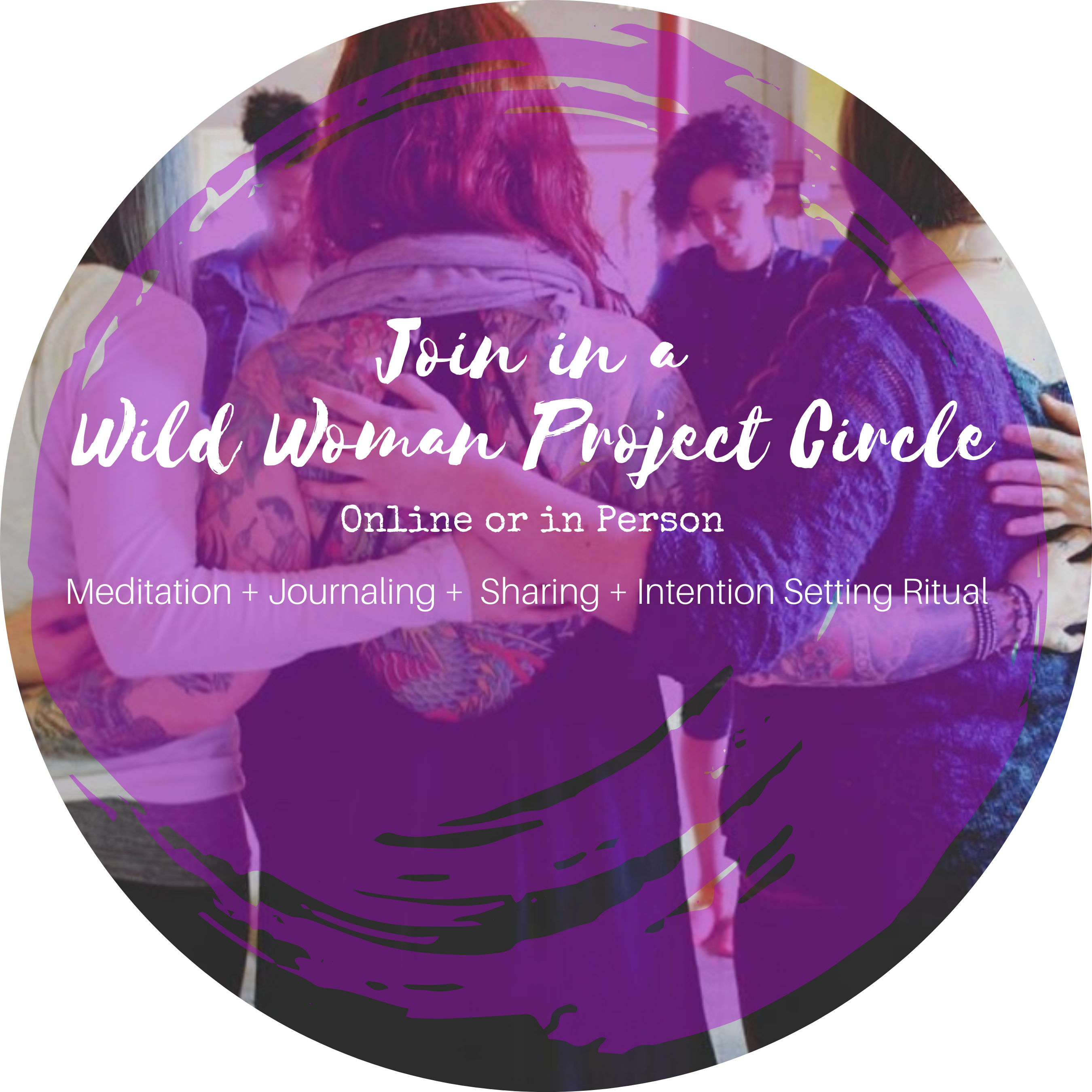
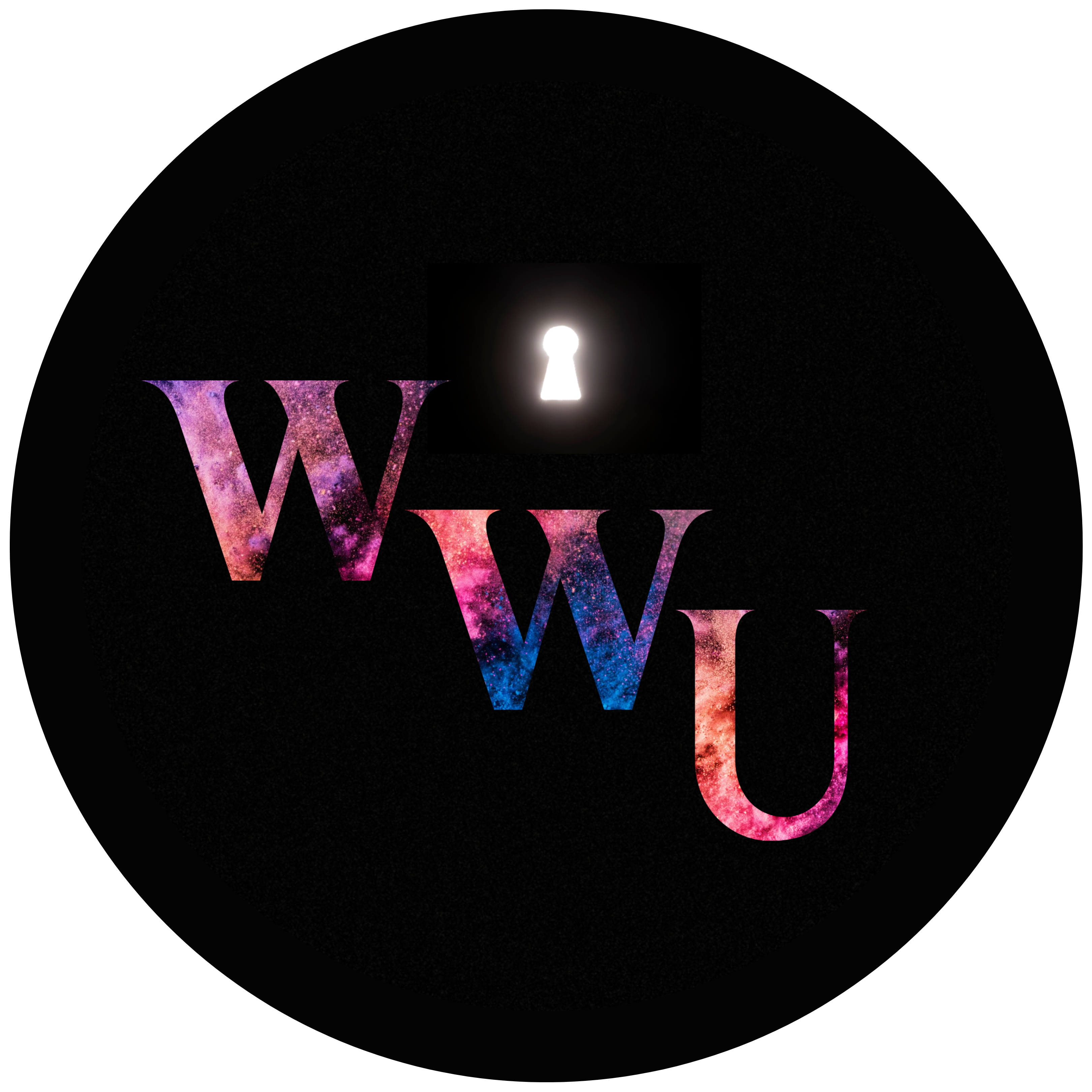
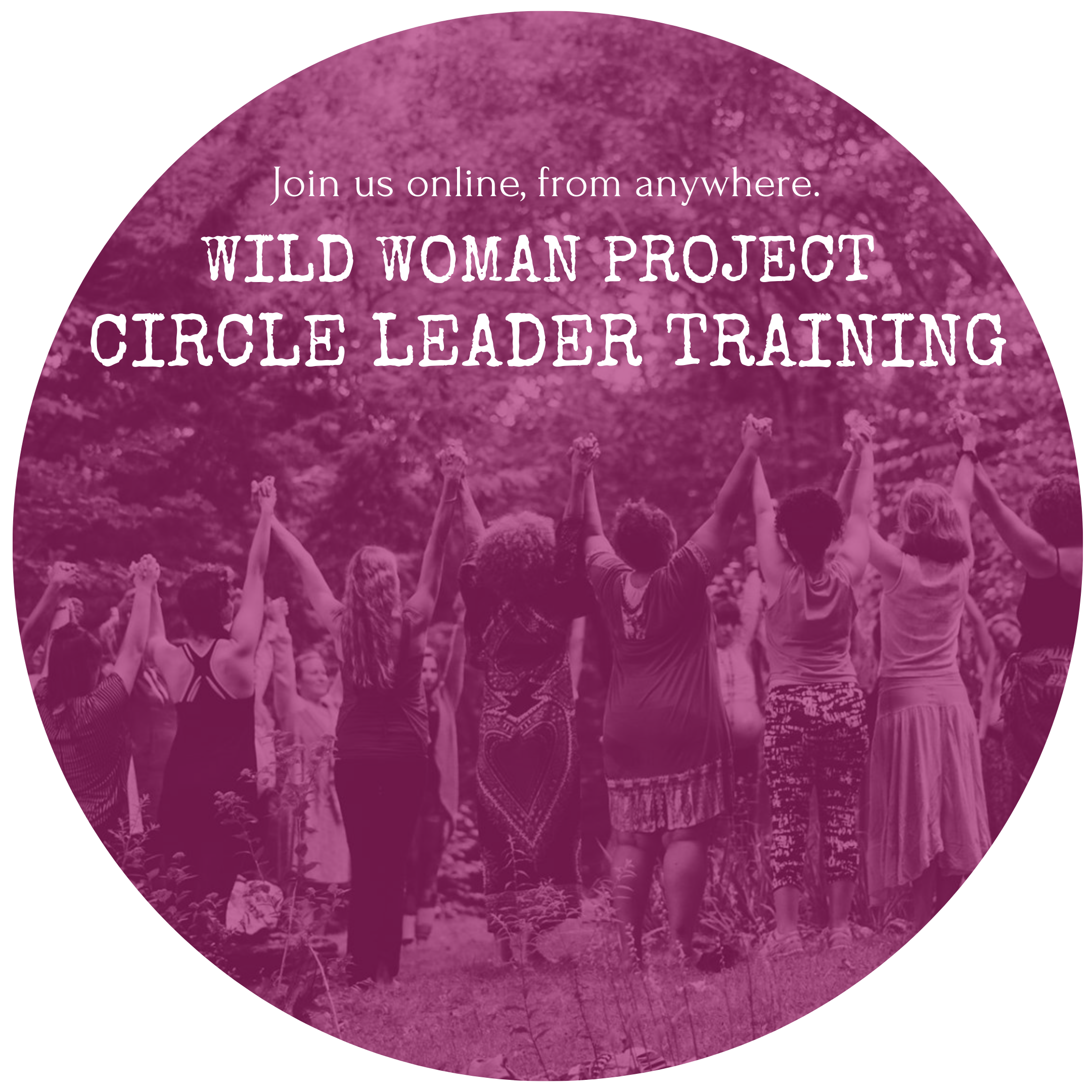
Love this renaming of my former, current & future self.
Ha, awesome!
Wow, what a lovely concept to contemplate. this last part really hit home for me; regarding our creative powers; gave to it neither power nor time. Ooof! I normally push my creativity aside but will now be more mindful of it, and take action. Cant wait for the new content x eeek x
Yay! So glad to hear that, Stacey. Content coming super soon – uploading now!
Thank you, Chris, for this writing. I love Mary Oliver’s work and am grateful for your interpretation of Upstream. I feel like my Dreamer has been struggling to break through for a while and now she is showing her skin. The Time Keeper tries to rule, but I tell her to rest, let go. The child…she speaks to me in memories that are coming back. She has wounds. I am trying to love her through them.
Love & Light,
KB
So glad to know of another Mary Oliver fan. Thanks for sharing your relationship to your inner selves. Beautiful.
loved this, thank you so much for sharing. feeling nourished and grateful, as always! <3
So glad to hear that. My pleasure, thanks for reading!
Thank you Chris. I feel I a a bit of both the Time Keeper and the Dreamer. I think the Time Keeper gets in the way of the Dreamer and I strive to be more of the Dreamer. My poor child screams (picture a barefoot child, dirt on her face in a snappy little dress holding sticks as a scepter with the glare and stare that speaks volumes) at me to bring her into the forefront more. OY!!! I am going to sit with all three of these wonderful parts of me and coax them to find the balance I need.
Such lovely insightful reflections, Darcie.
Thank you for sharing ♥️